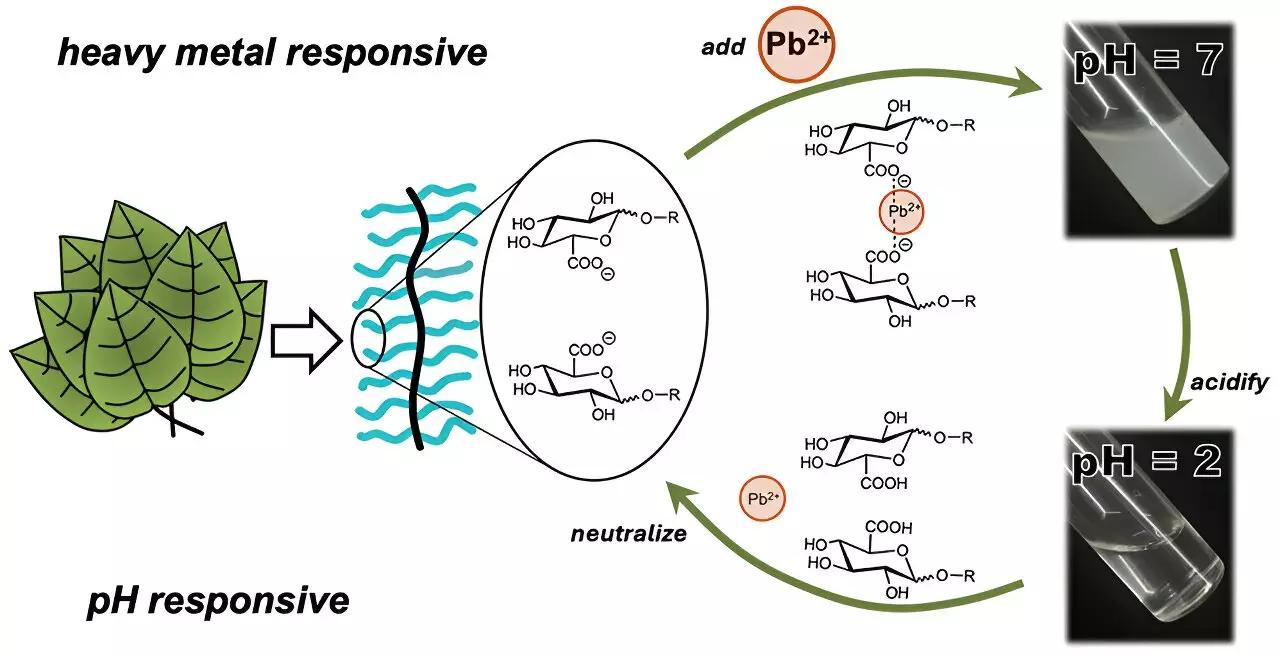Water safety is a pressing issue, particularly concerning the contamination of drinking sources with hazardous heavy metals. Elements like lead and cadmium can be toxic to both humans and aquatic life even at low concentrations. The effects of heavy metal exposure can be devastating, leading to serious health issues including neurological disorders, kidney damage, and developmental problems in children. Thus, ensuring the purity of water is not merely a scientific concern but an urgent public health imperative. The challenge of effectively removing these contaminants, however, remains complex, as current methods tend to be energy-intensive and often inefficient.
Traditionally, methods such as filtration and reverse osmosis have been employed to tackle water pollution. However, these techniques can become prohibitively expensive and operationally burdensome, particularly in the long run. For example, filtration systems often use metal-capturing membranes that can become clogged and require frequent replacement, leading to increased maintenance costs and environmental waste. Furthermore, they may not effectively address the diverse range of contaminants present in various water sources.
As researchers search for a more efficient way to purify water, there has been a growing interest in utilizing natural materials. Plants possess inherent properties that help them manage metal ion uptake. One impressive avenue of research involves polysaccharides—long chains of sugar molecules that form protective barriers in plant cells. These polysaccharides can interact with metal ions, making them ideal candidates for contaminant removal.
Recognizing the limitations of existing methods, a team of researchers, led by Cassandra Callmann at the University of Texas at Austin, embarked on creating a novel polymer that could efficiently capture heavy metals. The objective was to develop a sugar-like polymer that could effectively trap toxic ions and maintain its functionality over multiple cycles.
To achieve this, the team synthesized various polymers featuring a water-insoluble backbone designed to facilitate the binding of toxic metals. Attached to this backbone were water-soluble carbohydrate units, akin to charms on a bracelet, which provided a means to attract metal ions. The research demonstrated that the polymer containing a carboxylic acid group was particularly effective at binding with ionic cadmium, facilitating the subsequent removal process.
An initial batch of tests revealed promising results. The polymer effectively formed clumps within minutes of exposure to ionic cadmium, achieving visible aggregation that enabled easy filtration. This process signifies a breakthrough not only in the efficiency of heavy metal removal but also in the potential for recycling the polymer by controlling water acidity. Remarkably, the polymer retained its efficacy over several binding and release cycles, showcasing its adaptability and potential for real-world applications.
To further validate their findings, the researchers tested their polymer in a real-world setting by applying it to water samples from the Colorado River, which were reinjected with ionic cadmium and lead. The tests revealed that the new polymer was able to capture a significant amount of the added toxic metals while avoiding interference from other naturally occurring ions like calcium and magnesium. In practical terms, the polymer managed to remove 20% of cadmium and an impressive 45% of lead from the contaminated river water over 24 hours.
The advent of this novel polymer is indeed a game-changer in the field of water purification technology. Not only does it hold promise for more efficient removal of heavy metals, but it also paves the way for the development of reusable materials that could drastically reduce operational costs in water treatment facilities. As the research moves forward, the ultimate goal is to implement these findings in commercial water purification systems, providing cleaner drinking water and healthier ecosystems. This innovative approach could mark a significant milestone in addressing one of the most pressing environmental health issues of our time.


Leave a Reply